30 Aug How to Brew Tea Carbon Consciously the Teapro Way
Before your eyes glaze over and your heartbeat soars at the thought of carbon and climate doom, let us assure you that carbon conscious brewing is a gateway to a greater enjoyment of tea. Carbon conscious brewing also teaches us transferable ideas on how to be healthier, more mindful and environmental in our lives.
Where does the Carbon Footprint of hot drinks come from?
Below is a really handy graph compiled by Steenbergs and based off a brilliant book by Mike Berners Lee called “How bad are Bananas”. Mike Berners Lee is indeed the brother of Tim Berners Lee, the inventor of the World Wide Web so thank you to both Berners Lee’s for allowing us to share this information.
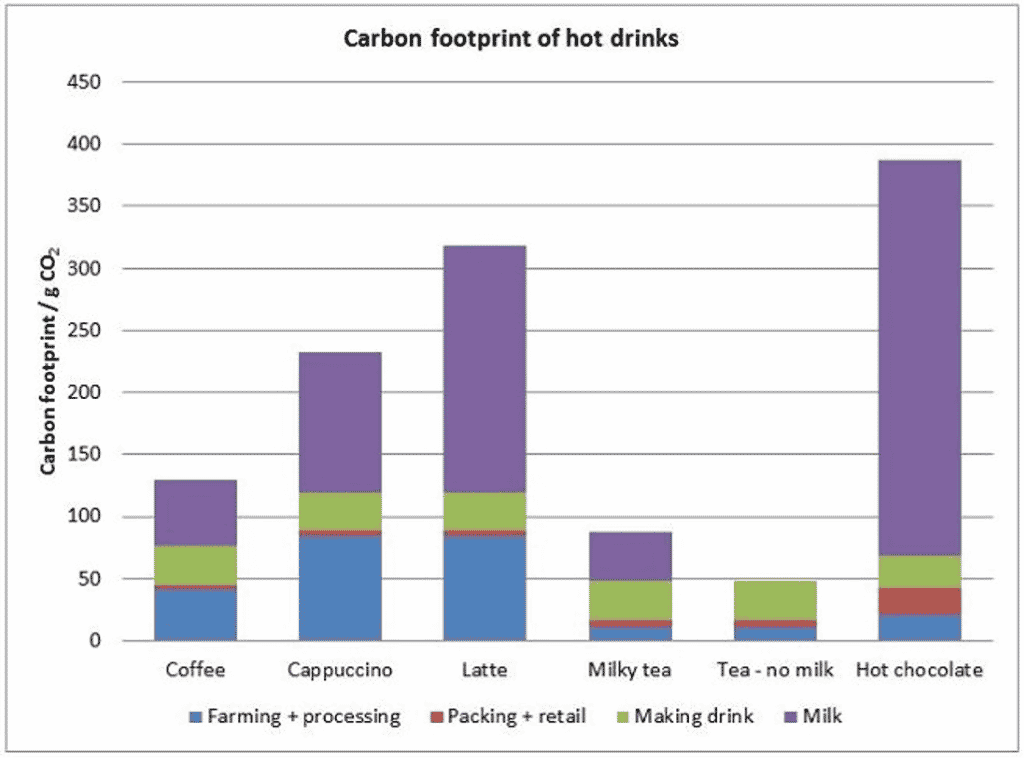
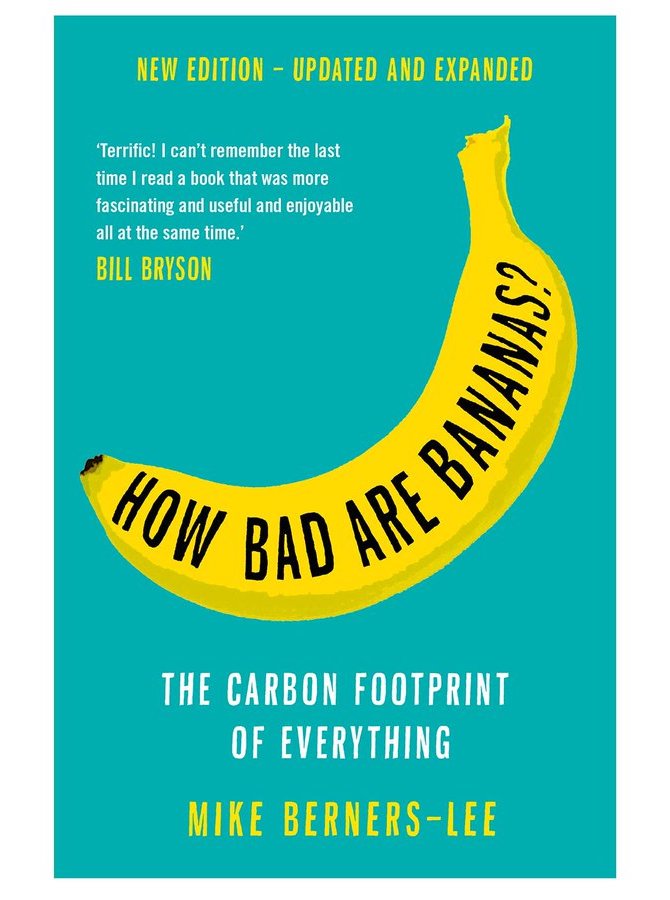
Pick your poison
When it comes to what you brew, tea is less intensively manufactured and processed than coffee and hot chocolate, so comes out a winner at 22g of CO2 per serving. Black instant coffee is more than double at 49g but is more efficiently made than ground and roasted coffee that has a CO2 per serving of 87g.

What about milk?
The major variable between the different hot drinks is Milk. To quote Tim’s book “If you only brew the amount of water you need then milk accounts for 3 three quarters of the total footprint.”
Having tea with Milk and Sugar is a collective UK bad habit born out of drinking low quality Black tea bags for as long as we can remember. Tea bags typically have very finely cut, almost powdery leaves responsible for quickly releasing tannins, that in turn create a bitter, astringent taste. Milk binds to tannins and adds a bit of natural sweetness to even out this flavour.
Choosing high quality loose leaf tea does not require milk. Whole loose leaf releases tannins much more slowly and retains natural sweet and aromatic notes that are typically lost in over processing.
Ditching milk is also much better for your health.
Tea has long been drunk for its health benefits including heart health but researchers from Germany wrote in the European Heart Journal:
Milk appears to modify the biological activities of tea ingredients, it is likely that the anti-tumour effects of tea could be affected as well.
This is due to catechins, responsible for some beneficial effects of anti-inflammation and anti-oxidant activity on the heart and tumours being muted by proteins called caseins in milk. In other words – milk seems to “undo” all that good work that tea is doing for your health.
Next time you reach in habit for a teabag, milk and sugar you may want to consider a delicious pure leaf tea instead.
Alternatively, investigating Oat, Soya or other Milk alternatives if you still need a splash of milk to finish off your brew would be recommended from a carbon conscious point of view.
Packaging matters
Choose Teabags, that adds an extra 5% of emissions to the carbon footprint of your cup of tea. This additional manufacturing step can also lead to tea needing to be transported to and from tea-bagging facilities on top of the mechanical step of filling and sealing.
Putting our desire to discuss teabags further to one side, what is even more importantly from a carbon perspective is if your brew is going to end up in a disposable takeaway cup, you can add a totally unnecessary 110g of carbon over using a re-usable cup.
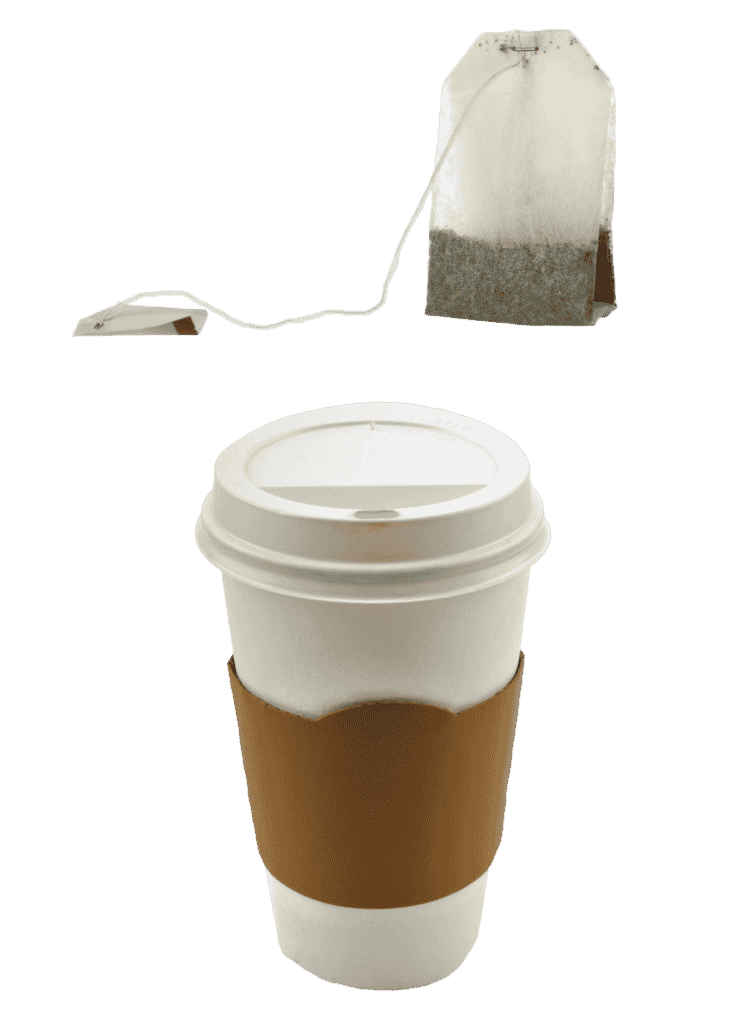
Boiling the Kettle
The final carbon concern, which on the graph is called “making drink” is boiling the kettle.
Peak UK electricity
Putting the kettle on is synonymous with Britain and also Britain’s largest electricity surges. Following the 1990 World Cup Semi Final between England and West Germany, over 26 million people finished watching the game and many decided to put their kettles on simultaneously. The result was the biggest single moment of electricity usage in UK history topping out at 2,800MW of power.
The phenomenon, known to electric companies as “TV Pickups,” demonstrates how our collective actions make a big difference to energy usage.

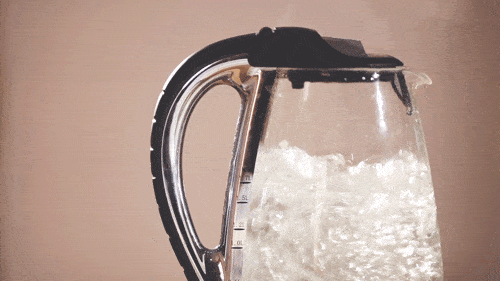
Electric Kettles still the best choice
Electric kettles still stack up favourably compared to other boiling methods and in our new favourite book “How bad are bananas”, Mike Berners Lee compares boiling a litre of water in 3 different ways.
On average an electric kettle created 40g CO2, a gas kettle 50g CO2. and a saucepan without the lid, on the gas, used 115g CO2. It is however worth noting that in winter, a gas kettle is potentially more efficient than an electric kettle as the gas flames around the edge of the kettle serve to warm the room meaning virtually no energy is wasted.
Whilst the electric kettle average emits 40g CO2 we strongly recommend purchasing a kettle based on its eco-credentials and efficiency in boiling water as this can vary considerably.
Brewing what you need, mindfully
Most of us boil more water than we need. Perhaps our eyes are bigger than our mugs but when filling the kettle it is very easy to quickly double the amount of carbon footprint created unnecessarily.
Our simple trick to help is to first fill your chosen vessel with water first and then pour that water into your kettle.
You will be amazed at how much quicker your kettle brews, how much less water is needed than you thought and the energy saved.
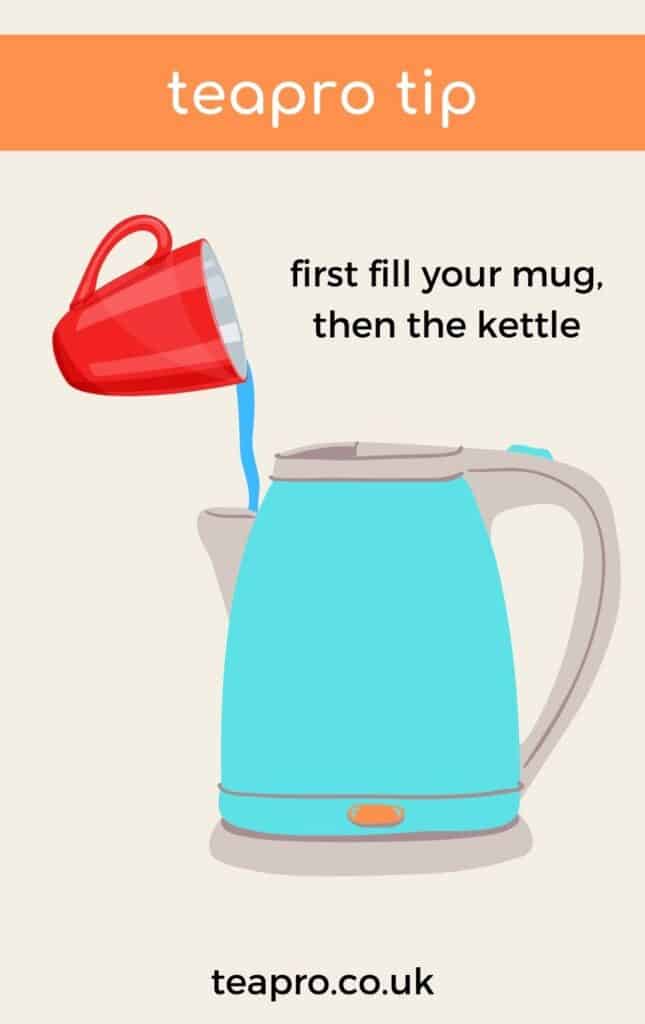
Sometimes you may forget this trick and find yourself boiling a kettle with too much water. If your kettle is still hot and there is enough water for a second cup, why not choose a green or white tea which prefer brewing at a lower temperatures. It may also be worth filling up a thermos if you have a lot of water left over you want to keep hot.
Have we got more forgetful since Lockdown?
Saveonergy.com recently carried out a survey on how our tea drinking habits changed since coronavirus lockdowns. It turns out that we are drinking two more cups of tea a day on average than we were before lockdown.
In this same survey, it was discovered that the majority of us Brits forget about our nicely boiled kettle twice a day. Being carbon conscious is therefore not just about knowing how to reduce your environmental impact but also about being mindful and taking time to stop for a few minutes and enjoy the immersive process of brewing your tea without distraction.
Saveonenergy calculated that the total carbon kettle impact has increased 51% above pre-lockdown levels.
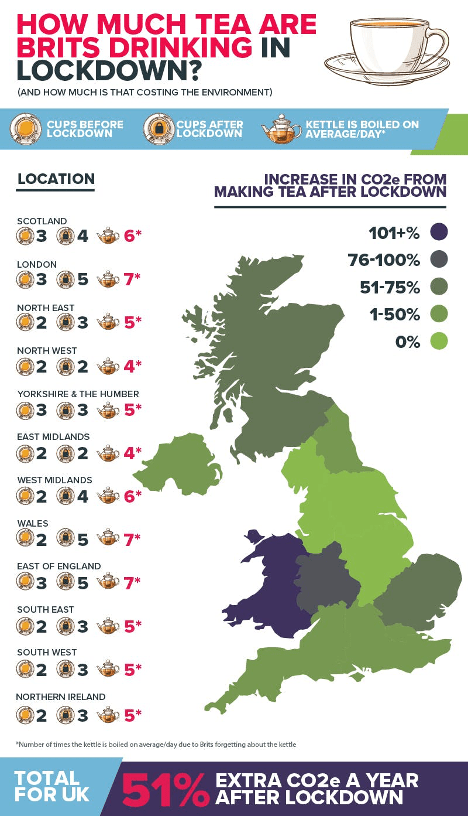
Kettles in perspective
Whilst Kettles are relatively high powered, they are used for a short timed, more frequently than other activities. Assuming you used our vessel to kettle trick we (with the help of rensmart’s very cool carbon calculator looked at emissions for different household activities. The calculation is made by how much electricity is used, for how long and converting the electricity used to carbon emissions by using conversions issued by the UK government and removing the effect of electricity generated from renewable sources.
Your teapro takeaways
As a tea drinker, you are choosing the right hot drink to be carbon conscious but what we do with our tea makes a big difference on our brews carbon footprint.
Whilst tea drinking relative to other activities is perhaps not the biggest carbon concern, due to the frequency we make tea, it is a great way of creating positive environmental habits and practicing carbon conscious behavior. An environmental and mindful habit will bring you transferable ideas for how you can improve your carbon footprint, everyday life and even your health and wellbeing.
Here are teapro’s top 6 tips for a carbon conscious brew:
1. Treat yourself to high quality tea
2. Get out of the habit of adding milk
3. Fill your vessel then fill your kettle
4. Go Loose leaf over teabag
5. Use a re-usable mug
6. Don’t forget your kettle is boiled
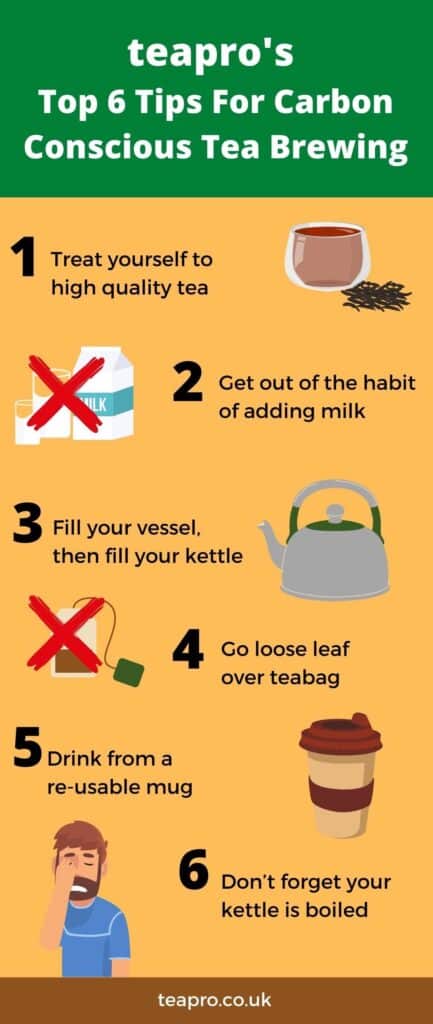
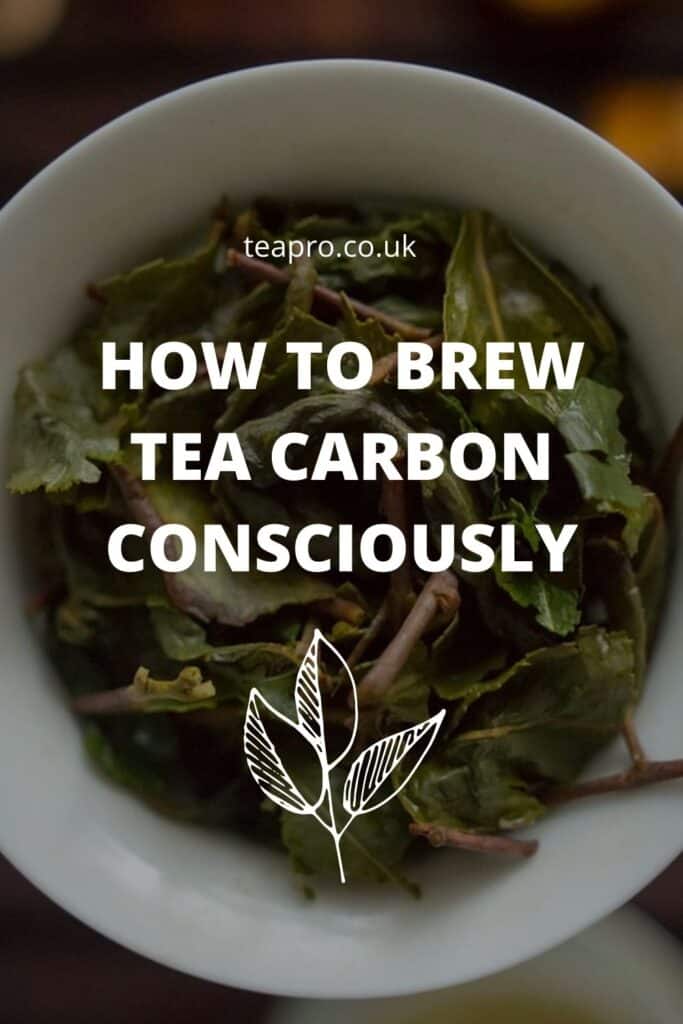

Teapro co-founder. Favourite tea - Long Jing Dragon Well Green Tea. Obsessed with film, photography and travelling.
- September 18, 2024
- July 14, 2024
- October 8, 2023

 Become a Teapro: Tea Subscription Box
Become a Teapro: Tea Subscription Box
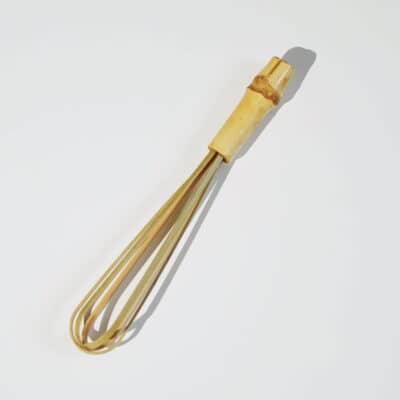 Bamboo Matcha Mini Whisk
Bamboo Matcha Mini Whisk
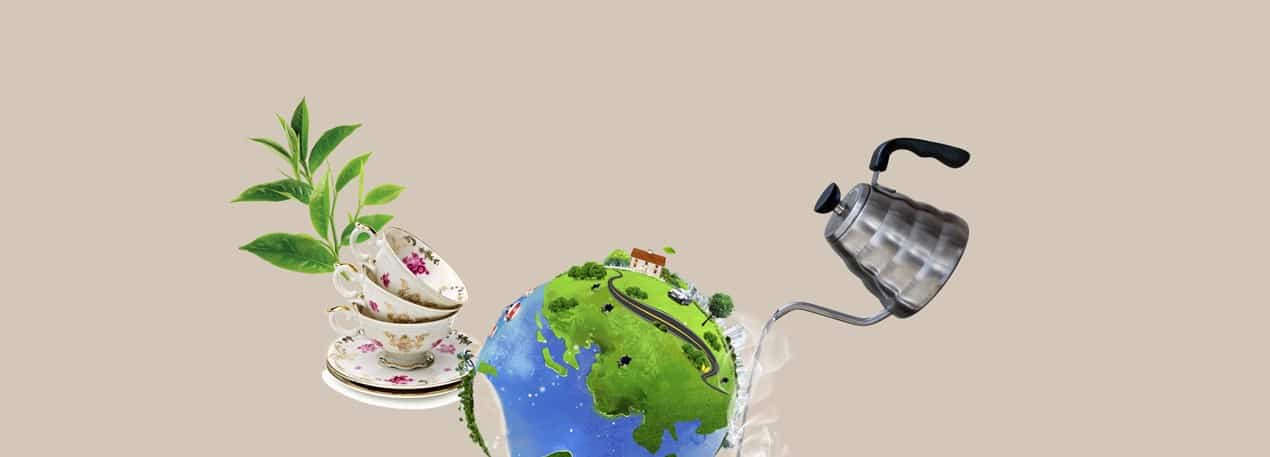

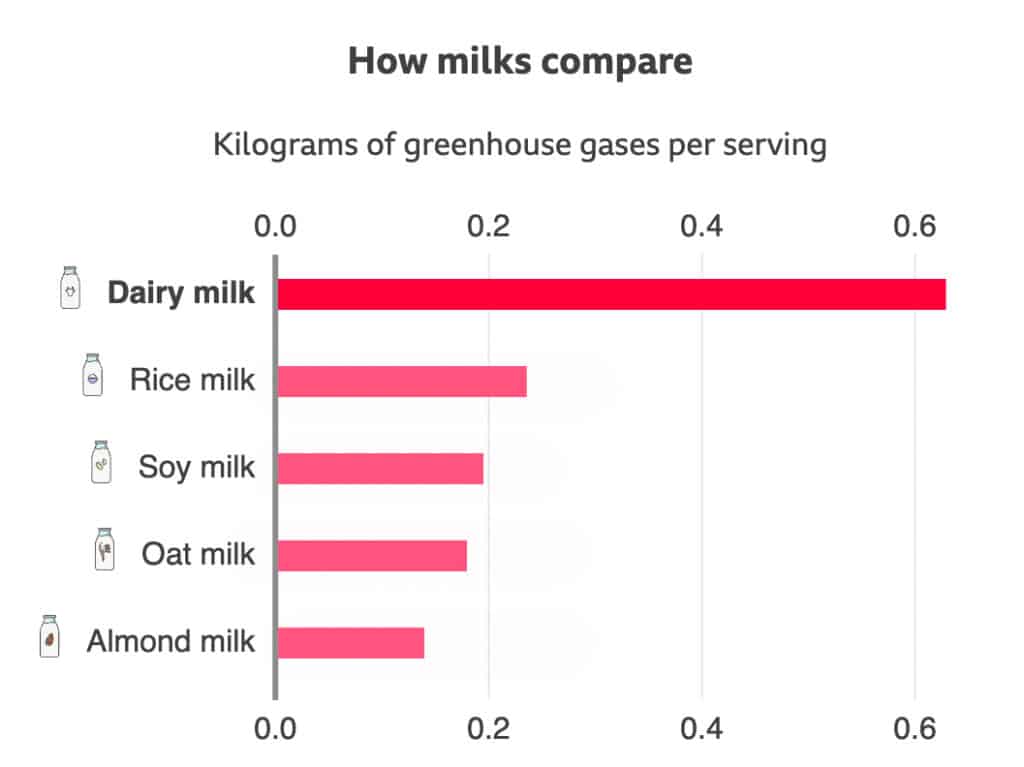




No Comments